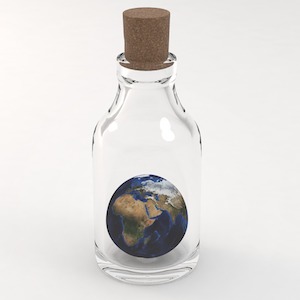
A world of inspiration
How do you clean your face? It’s something we do day-in, day-out, often without much thought. Such a simple act, it’s incredible how many different ways there are around the world for getting clean.
Clean up your act
Whatever you were taught when growing up, and whether you followed that advice or not, you can be sure that somewhere in the world people will think your ways are strange. Our methods of cleansing, and the taboos that have grown up around ablutions, are myriad. So if you think your standard practice could do with a bit of a clean up, take a look around the world for more inspiration.
Clean around the world
Japan
In Japan a bath is for relaxing, a shower is for cleansing.
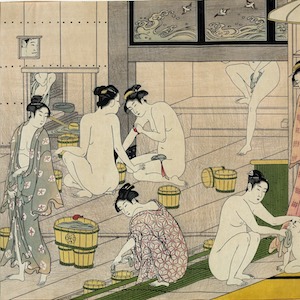
Scandanavia
The Scandinavian preference is for steam cleaning in saunas.
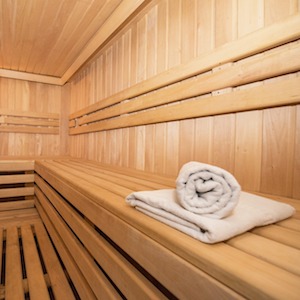
Deserts
In desert conditions with water and energy in short supply, oils and clays are used for cleansing.
The Berber rub down with dough and then perfumed oil, skin diseases are unknown among them and their skin can endure the cutting desert winds in just thin clothing.
Nomadic tribes have used fumigation to cleanse for thousands of years, it cleans and tones the skin while also deodorising and disinfecting.
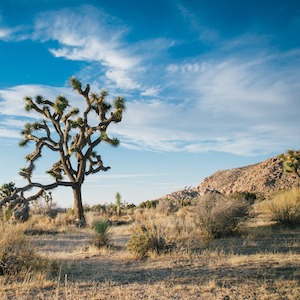
A desert steam
Dig a hole in the ground, put in a ceramic pot of smouldering aromatic herbs, squat over this wrapping yourself and the hole in a thick woollen cloak to trap in all the rising fumes. After a few minutes, perspiration starts to stream off the body. Keep going for 10 minutes. Afterwards, have a brisk rub down.
France
There’s no water involved in the traditional French ‘gant de massage’ (friction glove), similar to dry brushing using a hemp glove to slough dead skin and increase circulation.
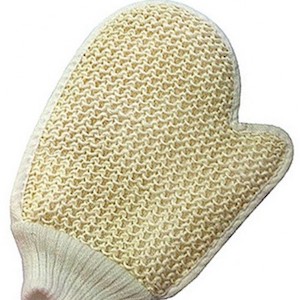
Egypt
In Ancient Egypt nobles took a succession of baths daily beginning with a cold one, progressing to a hot one perfumed with various herbal oils.

Roman baths
Romans raised bathing to an art, making it a social event where they could meet and converse with friends. Their alternatives ranged through mineral baths, fruit, vegetable, milk and honey baths, the hypocaustum(predecessor to modern Turkish bath) and different types of massage with aromatic oils
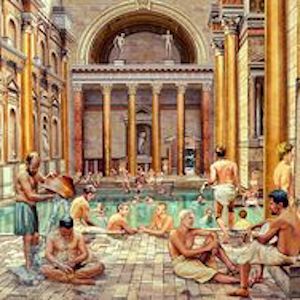
Old England
‘Sweating houses’ didn’t reach Britain until the 17thcentury, possibly a symptom of increased interest in cleanliness following the Great Plague; this also led to heighted interest in the antiseptic value of herbs.
Elizabethans were very fond of flower waters and would sprinkle their clothes and floor with ‘casting’ bottles filled with sweet water in a pretence of cleanliness.
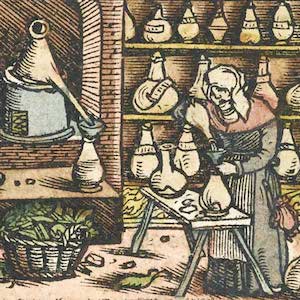
A few Elizabethan’s bathed, possibly seeing it as a way to flaunt their wealth by choosing to soak in wine: astringent red wine was favoured by Mary Queen of Scots while Anne Boleyn preferred toning and lightening white wine.
Ancient Britain
For Ancient Britons, soapwort and willow ash sufficed, and then only on rare occasions.
Arabia
In Arabia herbs and flowers have been used for centuries in cleaning and perfumery, it was the Crusaders who brought this knowledge to Europe. Only in the 19thcentury did scientific analysis begin to confirm many of the ancient wisdoms associated with plants and flowers.
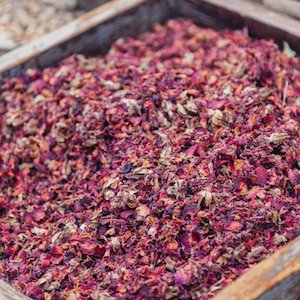
Cleansing as a routine, or a ritual
Sometimes, such as when using a solar shower, cleansing has to be fast and efficient; other times the pace is reverential, especially in the many examples of ceremonial washing before prayer.
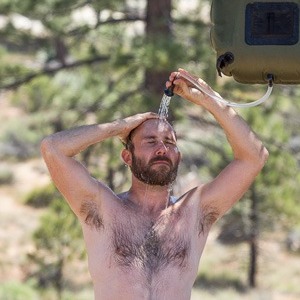
Your way to cleanse
Whichever methods you choose, clean your skin twice a day, aiming to feel cleaned, but not dried out. How intense your clean needs to be will depend on what you’ve experienced during the day or night – the environment you’ve been in, how much you’ve sweated, if you’ve been wearing make-up or other products.
As you and the seasons change, recipes can be adjusted to match the formula to your skin’s needs – a little lighter, creamier or less scented perhaps.

Take your inspiration from around the globe, or dive into history – there can be a lot of wisdom in traditional recipes, and you can make adjustments to suit your style and your skin.
As something you use every day, a cleanser can impact your mood on a regular basis. Although the primary function of a cleanser is to cleanse, it is also possible to select herbs, oils and other ingredients for your cleanser that provide further benefits. You can make it uplifting and stimulating for the morning and calming or restorative for evening. Skin enhancing ingredients can also encourage firmer, softer or smoother skin; help moisturise or condition and even skin tone.
Blend it Yourself Cleansers
When you want to know the ingredients in your cleanser, or to incorporate ones that are special to you, it’s simple to blend it yourself.
Here are some examples of great blend it yourself cleansers that make the most of the herbs growing in your world.
8 ways to Cleanse
In Vital Skincare there is a whole chapter about Cleansing, it’s one of the vital practices in looking after healthy skin. In the chapter we look at why we cleanse, when to cleanse and provide 8 different ways to cleanse, with a multitude of blend-it-yourself recipes using all natural ingredients such as plant seed oils, clays and herbs.
Vital Skincare is available at www.fieldfreshskincare.co.uk

